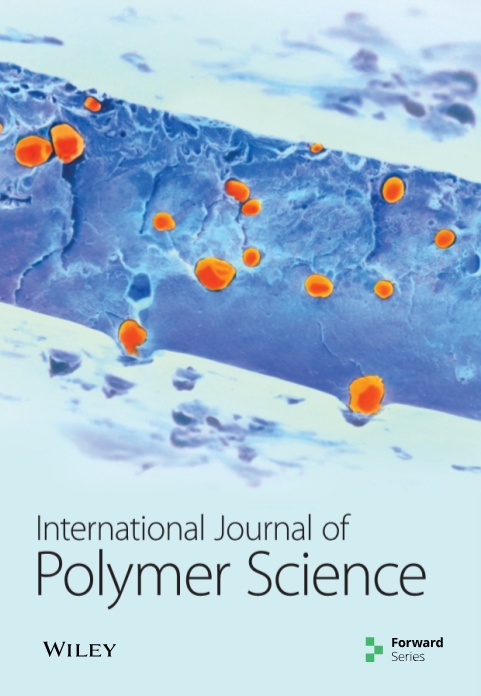Fracture Resistance of Endodontically Treated Teeth Restored Using Multifiber Posts Compared with Single Fiber Posts
IF 4.4
4区 化学
Q2 POLYMER SCIENCE
引用次数: 0
Abstract
Purpose. The aim of this in vitro study was to evaluate the fracture resistance and type of failure of two adhesive fiber post systems used to restore endodontically treated teeth. Material and Methods. Twenty-seven extracted premolars were selected and divided into three groups (): a control group restored with direct composite core (group 1), teeth restored with single fiberglass posts (group 2), and teeth were restored with multifiber posts (Biolight Plus System) (group 3). Fracture resistance was measured by applying axial compressive loads parallel to the longitudinal axis of the tooth until failure. Data was analyzed with one-way ANOVA followed by post hoc Turkey tests. Results. The results showed that the mean forces to failure of the control group (0.068 kN) were significantly lower than those restored with either fiberglass post systems (). There was no significant difference between the multifiber and the single fiberglass post system in terms of resistance to fracture (). Although there are more teeth fractured favorably (above the CEJ) in the Biolight Plus group (77.7%) compared to both the control and fiberglass post groups, it was not statistically significant (). Conclusion. Within the limitations of this study, restoring endodontically treated with a multifiber post system is an adequate alternative to single fiberglass post system in terms of resistance to fracture.使用多纤维桩与单纤维桩修复的牙髓治疗牙的抗折性比较
研究目的本体外研究旨在评估两种用于修复牙髓治疗牙的粘接纤维桩系统的抗折性和失效类型。材料和方法。选取 27 颗拔出的前臼齿,将其分为三组():用直接复合材料核心修复的对照组(第 1 组)、用单一玻璃纤维桩修复的牙齿(第 2 组)和用多纤维桩(Biolight Plus 系统)修复的牙齿(第 3 组)。抗折性是通过施加平行于牙齿纵轴的轴向压缩荷载直至破坏来测量的。采用单因素方差分析对数据进行分析,然后进行事后火鸡试验。结果显示结果显示,对照组的平均破坏力(0.068 kN)明显低于使用玻璃纤维桩系统()修复的牙齿。在抗折力方面,多纤维和单玻璃纤维桩系统没有明显差异()。虽然与对照组和玻璃纤维桩组相比,Biolight Plus 组(77.7%)有更多的牙齿折断(CEJ 以上),但在统计学上并不显著()。结论在本研究的局限性范围内,就抗折性而言,使用多纤维桩系统进行牙髓治疗修复足以替代单一玻璃纤维桩系统。
本文章由计算机程序翻译,如有差异,请以英文原文为准。
求助全文
约1分钟内获得全文
求助全文
来源期刊

International Journal of Polymer Science
POLYMER SCIENCE-
CiteScore
6.10
自引率
0.00%
发文量
55
审稿时长
>12 weeks
期刊介绍:
The International Journal of Polymer Science is a peer-reviewed, Open Access journal that publishes original research articles as well as review articles on the chemistry and physics of macromolecules.
 求助内容:
求助内容: 应助结果提醒方式:
应助结果提醒方式:


